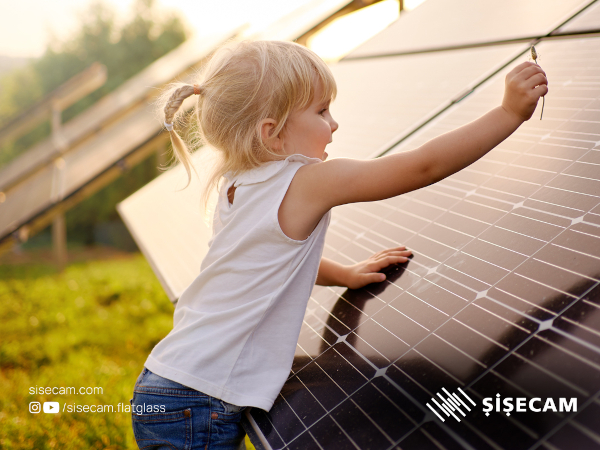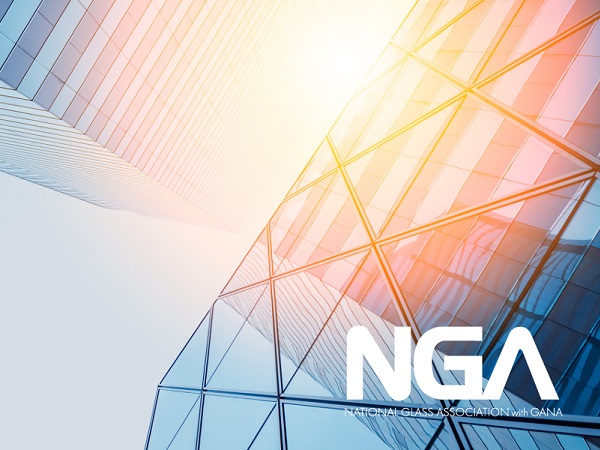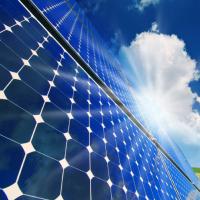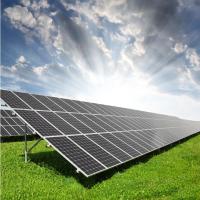Date: 2 May 2011
This is, after all, the biggest photovoltaic fair in the Asian region. In over 13 halls with a total of about 150,000 square metres, 1,838 companies exhibited their products – a record turn-out!
TROSIFOL presented its new product UV+, a new UV-transparent PVB film for crystalline cells that is capable of boosting efficiency by 1 to 3 per cent, depending on cell type. The TROSIFOL PVB film also protects the embedded cells, one of the outstanding product characteristics that TROSIFOL films have been demonstrating for decades in laminated safety glass. Based on TROSIFOL SOLAR R40 for glass-glass modules, which is already well established on the market, UV+ will be available in the second half of 2011/beginning of 2012.
TROSIFOL also presented its SOLAR ULTRA WHITE R40, a reflexion film for the rear glass which is already familiar in Europe. Thanks to the optimal combination of various measures (optimized sequence of layers), it is possible to increase the efficiency of solar cells by up to 2 per cent. What makes this possible is a new PVB film that contains white pigments with a particularly high degree of gloss. Most of the light penetrating through a solar cell is reflected by the white film onto the solar cell so that it can be converted into electrical power. Compared to the reflective layers used on the rear glass to date, the process with the new white film is less expensive and more efficient.
A relatively new technology is that of semi-transparent PV modules with TROSIFOL PVB films. Multifunctional BIPV facades with semi-transparent PV modules produce energy while shading the building interior at the same time. Economic exploitation of the façade and comfort in the building interior thus enter into a symbiosis. It goes without saying that façade safety remains unaffected by the PVB film covering.
As an aside, TROSIFOL drew attention to another point less well known in the Asian region. Although EVA is often known in Asia as the “grandfather” of PV module encapsulation, AEG was using PVB films from TROSIFOL for the production of PV modules back in 1982. Some of these modules are still undergoing realistic long-time testing on the roof of the Photovoltaic Institute in Berlin. Over and above this, PVB has been demonstrating its outdoor qualities since the 1940s.
The majority of the exhibitors at the fully booked trade fair were Chinese, who mainly showed c-SI modules. Also strongly represented were thin-film producers and PV system constructors.
The Chinese testing and certification organizations attempting to meet international standards with their own equipment and systems formed a segment in their own right. The offering was rounded off by Chinese manufacturers of glass-working machines and glass-processing companies.
Press-Contact:
Jörg Theesfeld, Head of Sales & Marketing & Technical Service Kuraray Europe GmbH, Division TROSIFOL, Mülheimer Straße 26, 53840 Troisdorf Telefon: +49 (0) 22 41 / 2555-202 Fax: +49 (0) 22 41 / 2555-299 E-Mail: trosifol@kuraray.eu













Add new comment